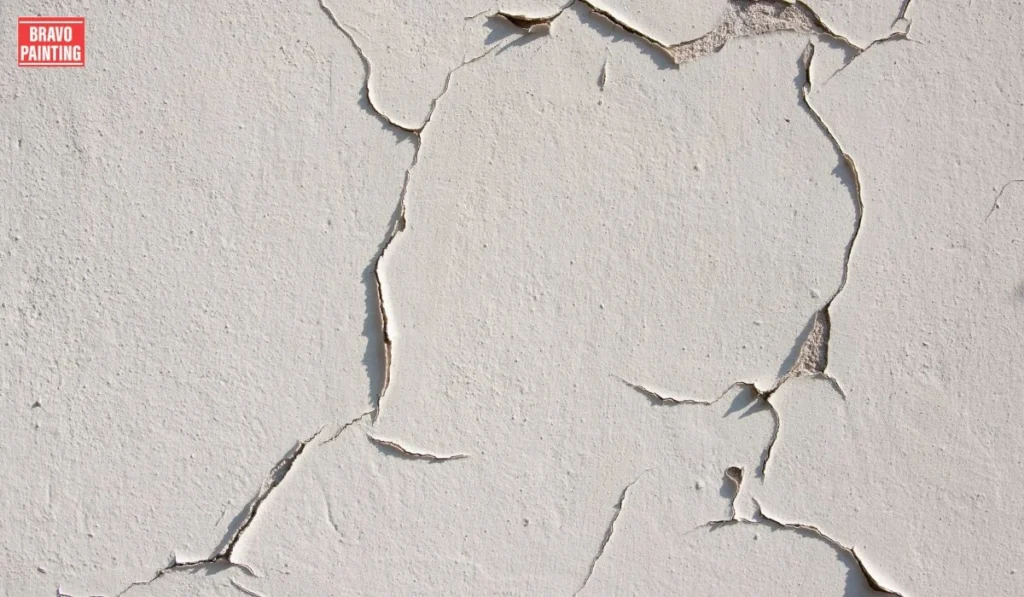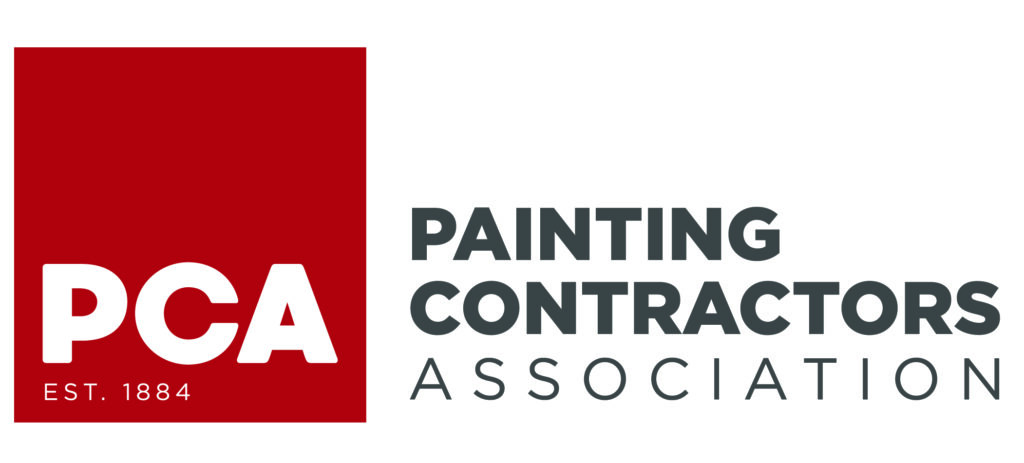While painting makes a house look pretty, the main reason is to protect the underlying structure from the forces of weather, moisture, and the sun’s ultraviolet rays.
Most homeowners are immediately interested in the aesthetic benefits, but knowing the more profound implications behind keeping your house painted is essential for long-term maintenance and protection.
Maintaining the paint of your house in okay condition keeps it looking beautiful and protects your investment.
In this article, we shall examine critical indicators that signs you need painting inside and out and explain why addressing them is crucial for its longevity.
Introduction: The Dual Role of Paint Aesthetics and Protection
The fresh coat of paint inside homes freshens rooms and gives the outer walls of dwellings a new look.
Paint colours contribute significantly to a house’s appearance and ambience.
In addition to making a place visually pleasing, paint plays a vital role in protecting against weathering agents like rain, snow, wind, and sunlight.
This layer of protection guards the structural integrity of your house while keeping all the materials under it from the detrimental influences of water moisture, rays of sunlight, and temperature variations.
Without some maintenance in paint, your house automatically becomes a sitting duck to damage.
For example, wood and metal will rot uncontrollably if not painted on.
Therefore, having fresh paint on your house is one of the easiest ways you can avoid pricey repairs later.
When to Paint: Signs You Need a New Coat
Knowing when to repaint is the key to ensuring that your home always looks its best.
From several easily discernible signs to several less noticeable signs, here are eight critical warning signs that your home requires a new paint coat to point it in the right direction.
If you ignore these signs, problems grow into more expensive crises.
Let’s take a look at them:
Fading Paint Colors: The Sun’s Warning Sign to Humankind
Among the first and most apparent indications that your house needs repainting is its fading paint color.
Fading does indeed come from exposure to the sun, specifically UV rays.
Darker colors fade faster than lighter shades, but eventually, all colours lose their vibrancy.
A faded facade may seem like an easy cosmetic issue, but it actually means that the paint’s protective properties are breaking down.
Dangers of Ignoring Faded Paint
Faded paint lessens your home’s protective effect.
South-facing walls are the most prone to being affected since they have sun exposure.
You are leaving it open, which exposes materials like wood and masonry to moisture damage and, sometimes, wood rot, which can compromise the structure of your building.
What You Can Do About It
At the time of repainting, I prefer UV-resistant paints of high quality, especially for exterior walls.
Lighter shades reflect more sunlight and thus decrease the rate at which they fade.
In addition, clear caulk with incorporated reinforcing materials like fibreglass should be applied in areas that frequently experience weather changes.
Cracked or Fading Caulk: Small Cracks Have Big Consequences
Caulking is a vital sealant to keep elements out of your house.
Caulk is used around windows, doors, and joints to keep moist air out.
It serves as an effective seal until the weather creates cracks or it dries out.
When and Why to Replace Caulk
Although caulking may not be the prettiest thing to look at, cracked caulking is a pretty good indication of water penetrating your home.
When you spot gaps in caulking, especially on windows, doors, or other objects inside your home, recaulk them and repaint them soon enough to prevent moisture from reaching areas that might cause paint peeling, mould, and structural damage.
Benefits of Recaulking During Painting
There will always be caulking that needs to be redone before painting.
Sealing is what protects your home from any future moisture damage.
When painted over fresh caulk in one coat, the paint and caulking can last longer and feel much more solid, too.
Blistering, Bubbling, or Cracking Paint: Worse Damage Lurking
It usually indicates worse damage.
Peeling, bubbling, or cracking paint indicates moisture trapped beneath the surface.
As minor problems arise, they usually expose deeper, underlying issues such as leaks, inadequate ventilation, or humidity in affected areas.
The Hidden Dangers of Peeling Paint

When paint peels, moisture penetrates the layers underneath, exposing wood, stucco, or metal to the weather.
Wood can rot, and mould can grow.
If addressed, this problem may strengthen a house’s structure.
How to Repair Peeling Paint
Prevent the peeling paint by identifying the source of moisture and rectifying it.
Sometimes, it will be a leaky roof; you must install better ventilation in others.
Once you rectify the source of moisture, scrape away all the damaged paint, sand the area, apply primer, and then paint using a superior grade of paint that is impervious to moisture.
Colour Morphing Paint: A Surprising Color Change Is an Indicator of Sun Damage
Color fading occurs when the paint in your house changes colour due to direct sunlight exposure.
It particularly matters to light shades, including pastels and whites.
Colour Change Emerges as a Problem
While morphing does not damage the structure of your home directly, it lowers the appeal value significantly.
A house with patches of colour can look disorganized and depreciated.
This is especially essential if you are looking to sell your home.
How to Prevent Paint Morphing
For colour morphing prevention, ensure that high-quality, ultraviolet-resistant paint is used.
If the house has already gone through this, a repaint using a more resistant formulation designed to withstand rough sunlight will regain your home’s original beauty.
Conclusion
More than just an aesthetic exercise, painting your house is a sensitive area of home maintenance.
A well-maintained coat of paint will protect your home’s structural integrity, beautify it, and enhance its value.
By being proactive about the signs above of fading, peeling, mould, or rotting wood, you will save yourself from costly repairs and ensure that your home remains safe, beautiful, and valuable for years to come.
Whether you repaint your house to give it a new look or maintain the protective layers, it will help extend the house’s lifespan and even protect your investment.
FAQs
How often should I repaint my house?
Most homes need to be repainted 5 to 7 years after the last painting, depending on the conditions and the quality of the previous paint job.
Homes exposed to extreme weather or intense sunlight may need to be repainted more often, whereas homes in milder climates can be repainted for up to 10 years.
Can I paint over peeling or cracked paint?
No. All the time, scrape off peeling or cracked paint. Be sure to sand off the surface of the old paint and apply primer so the new paint will stay on the surface. Painting peeling paint leads to more peeling and waste labour.
What type of paint do I use for exterior work?
Only good-quality, UV-resistant acrylic or latex paints should be used for exterior painting, as they are more durable, water-resistant, and resistant to colour fade. Oil-based paints are durable but tend to crack and settle with time because of their reduced flexibility.
Can I paint the house in winter?
It is also not advisable to paint outside when cold or wet because it may not stick or take too long to dry. If possible, paint outside when the temperatures are at 50°F – 85°F with low humidity. You can paint indoors during winter, but only if the temperature is comfortable for curing the paint.
What should I do when I notice mould or mildew on my walls?
The mould or mildew must be removed before you paint. Please clean up the affected area by applying a bleach solution or mould remover and letting it dry well. Seal the area with mold-resistant primer and paint, and it will not return.
Identify and eliminate sources of moisture so the mould will not return.
How do I choose a good colour for the exterior of my house?
The external painting colours will depend on the architectural style of your house, neighbourhood, and natural light. Lighter shades reflect more light and fade less, while darker colours seem bolder but may fade faster. It is usually a good idea to test a few of these colours on the exterior of your home before making any conclusions.
Should I paint the exterior of my home myself or hire a professional?
Painting an entire house is so much work and requires heavy preparation and preparation of all the right tools and techniques. A professional painter will ensure that his work lasts longer by adequately preparing all surfaces, using the best materials possible, and applying an even coat of paint. For this reason, hiring professionals often pay all the money for a more pleasing and durable result.
How do you prevent the paint from peeling or bubbling again in the future?
Before painting, ensure the moisture problem is stopped to prevent the paint from peeling or bubbling. This could mean fixing the leaks, improving ventilation, or using moisture-resistant paint in a humid environment. Always prepare surfaces properly—clean, scrape, sand, and prime before painting. Good paint and caulking will also help to minimise such future problems.
How can I stop the mould from returning after repainting?
To prevent the return of mould, you need to eliminate the source of moisture—be it a leaky pipe, poor ventilation, or condensation. Once you have addressed the problem, use a mold-resistant primer and paint, especially in high-moisture areas such as bathrooms and basements.



